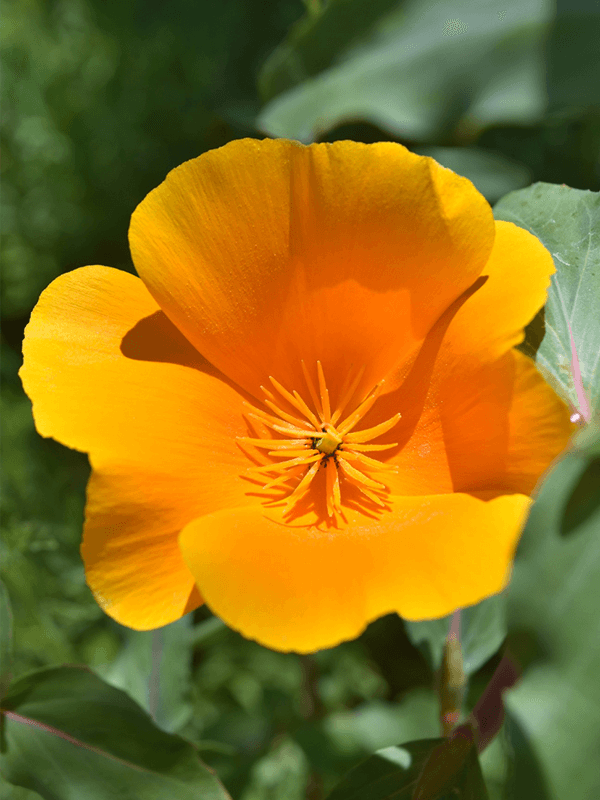Atibala, its Latin name is Abutilon Indicum belongs to the Malvaceae family. Its English name is Country mallow and kanghi in Hindi. It is a kind of perennial herb that is three metres tall from the ground. It grows in sub-Himalayan areas at elevations up to 1200 metres and is usually found in those areas that are hotter than others. His is a common roadside weed with beautiful golden-yellow blooms, this has various medicinal properties like it is anti-inflammatory, immunomodulatory, hepatoprotective, etc. in nature. This herb or weed is usually found on wastelands and roadsides. This herb consists of tannins, Asparagine and its seeds contain mucilage chemicals that are used to treat various typical diseases.
Atibala is used in Ayurveda, Sidha, and Folk medicines and is used to treat various health ailments like Piles, Dysentry, Fever, and various infections, like urinary tract infections, and is also used as a heart tonic or acts as hepatoprotective in nature. Its roots, barks, leaves and flowers are used to prepare medicines to treat concoctions. Its name shows its effect as it is divided into Ati which means very and Bala means power, its name shows its wonderful property that is meant to give power to the body.
Systemic Classification
Botanical Name
Abutilon Indicum
Vernacular Names
- In Sanskrit – Kanktika
- In Hindi – Kanghi, Kakahi
- In Bengali – Petari, Jhanpi
- In Punjabi –Mudra
- In Madrassi – Makanne
- In Gujarati –Khapat, dabli, Kansika
- In Telgu –Tutturabendha
- In Malayalam –Vellula
Habitat
- This is a small shrub belongs to malvaceae family, and is therapeutic powerful herb which is identified as an erect, perennial herb that grows upto one to two metre in height, consisting of tap roots, that are light brown in hue with smooth outer area that can be easily peeled off.
- The stem is long and cylindrical in shape.
- Leaves are simple, stipulate and arranged opposite.
- Flowers are in circulate capsules.
- Fruits are green in colour when unripened, and come to turn in black as they get ripened with time.
- Seeds are reni-form and tuberculate with a hairy exterior in tuberculate shape.
- This herb contains various chemical compositions such as tannins, carbonic acid, asparagine, sulphate, and chloride and it also consists of magnesium phosphate. The seeds are Mucilaginous that helps this herb to work properly.
Ayurvedic Properties
- Rasa (Taste) – Madhur (Sweet)
- Guna (Quality) – Guru (Heavy), Snigadh (Moist)
- Veerya (Potency) – Sheeta (Cold)
- Vipaka (Post digestive effect) – Madhur (Sweet)
- Karma (Action) – Balances the Vata and Pitta dosha.
- Projyang (Part used) – Fruits, leaves, bark, and flowers are used.
Effects on Doshas
- Balances the Vata and Pitta dosha.
- This herb is imbibed with powerful properties of demulcent, laxative, anti-diabetic, anti-pyretic and immunomodulatory in nature with hepatoprotective and analgesic, and wound healing properties.
Practical Uses
- It balances vata- pitta dosha, is absorbent in nature, and also improves strength, and works like a natural aphrodisiac nature.
- The rest of the ingredients work similarly to that of the other varieties like Bala, mahabala, nagbala.
- This herb is very effective in maintaining the quality and quantity of the sperm count.
- This is useful against recurrent fever, by improving its immunity, and by giving strength to the body.
- It gives a glow to the skin, improves the skin texture, lustrous in nature.
- This herb relieves bleeding disorders and is good in fastening the healing process of wounds or any type of injury.
- In toothaches and painful gums, a decoction of its green leaves is used as a mouthwash and is also used for pooling.
- In hepatoprotective, a decoction of leaves is used with a mixture of onion to treat various ailments of the liver like jaundice, fatty liver, etc.
- Infusion of the root is used in fever, and hematuria, or works as a cooling agent in the body.
- It also helps in fighting free radicals that are unstable and harmful atoms that can damage our various cells or tissues or organs and gives many harmful results.
- This herb acts on both acute and chronic inflammations and is helpful in maintaining blood sugar levels with proper weight regulation.
- This herb is used to stimulate our immune response to various diseases.
Dosage
- Juice and decoction of leaves used in 10 to 20 ml in quantity.
- In powder form, it is used as 3 to 6 grams in quantity.



